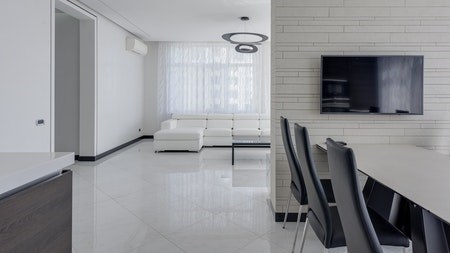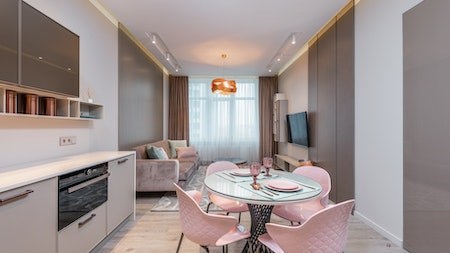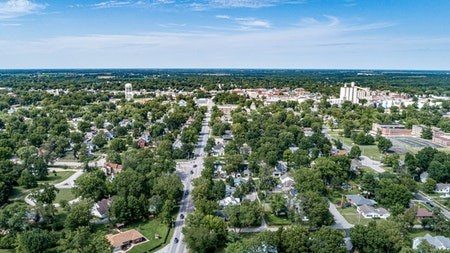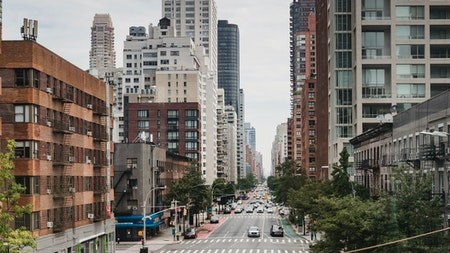Furnished rental properties generally come with a higher rental -15 to 20 percent- than unfurnished properties. It, therefore, seems to follow that this type of investment property delivers greater returns, but this is not always the case.
There are disadvantages and advantages to both unfurnished and furnished rental properties. Your expectations and approach to the investment management play a significant role.
Tenants
Although furnished properties can achieve higher rentals than unfurnished properties, they tend to attract the type of tenant that could cause problems.
Typically, there are four types of tenants that rent furnished properties.
- The first are those with little furniture of their own, for instance, students, recent graduates or people who have recently divorced or separated from their partners.
- Second are those living in a new area who are waiting for their furniture to arrive and only plan to rent for a few months.
- The third type is corporate expatriates or contract workers in town for a limited period.
- The fourth type of tenants are holiday-makers or long-stay tourists.
Usually, these tenants are looking for a temporary place to live, either until they return home or are in a position to find a more permanent home.
Turnover
Not many people rent furnished properties for long periods, as most people prefer to have their own belongings when they settle into a more permanent home. This means that furnished properties usually have a higher turnover of tenants than unfurnished properties.
There is also a higher risk of the property being unoccupied for long periods. This is because demand is often seasonal, and you can’t always find suitable tenants immediately when existing tenants move out.
Repair and maintenance
Tenants are generally less careful with furniture and appliances that aren’t their own. This means you can expect higher repair and maintenance costs if you are letting your property furnished. These must be factored into expenses together with cleaning costs for carpets, upholstery and curtains between tenancies.
Higher management costs are also usually required with furnished rental properties, as rental agents must do more regular checkups and inspections before and after each set of tenants move in and out. Maintenance issues may also come up more frequently than with unfurnished properties.
Another expense to factor in is increased insurance premiums, as these are generally higher than for non-furnished properties.
Despite these challenges, a well-run furnished rental property can be a real money-spinner - particularly if you can cater for the luxury corporate or tourist market.
Unfurnished
If you don't have the time or inclination to invest in proper management or marketing, an unfurnished rental property might be a better option.
There is more demand for unfurnished rentals in South Africa, and it’s usually easier to find long-term tenants for these properties. This means lower tenant turnover and less risk of the property being unoccupied for long periods.
It also means a more reliable source of income – although the monthly rental income will be lower than if you furnished the property.
Best of both
Installing some furniture items and large appliances is one way to tap into elements of furnished and unfurnished rentals.
You can charge a slightly higher rental without excluding yourself from the larger pool of tenants looking for mainly unfurnished properties. Many tenants would be keen to have built-in stoves as well as fridges and freezers, washing machines and dishwashers, for instance.
Stick to the basics in neutral colours and designs so that tenants can easily add their own items.





